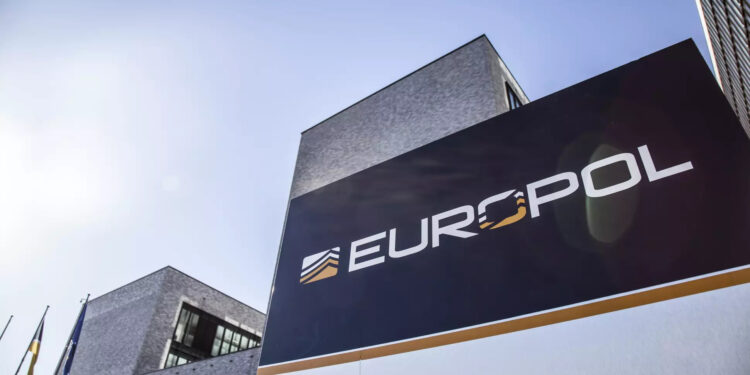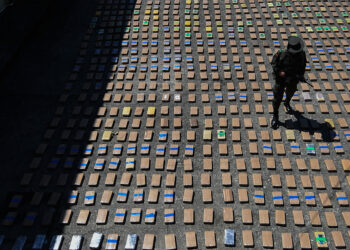Brussels – Making the invisible visible so we can know, fight, and defeat it. The report presented today (April 5) by Europol highlights the state of crime in Europe. It highlights the existence of 821 criminal networks within the EU territory, flagging them as the most dangerous. The combination of information from the police forces of the 27 Member Countries in addition to the participation of law enforcement agencies from 17 other States allowed to produce the report.
Europol pointed out some key elements that distinguish the 821 most threatening criminal networks: they are Agile because they manage to adopt business processes, typical of economies of scale, in a short time, overcoming challenges, even those of law enforcement. Borderless: criminal networks operate in multiple EU and non-EU states without particular difficulty, even if their activities remain concentrated in a single country. Controlling: they exercise strong surveillance over everything within the organization and generally specialize in a single criminal activity. Destructive: the 821 networks engage in corrupt activities that cause significant damage to internal security.
According to the Europol report, 50 percent of the most dangerous criminal networks are involved in drug trafficking, and for 36 percent, this is the only sector in which they operate. Fifteen percent of the organizations deal exclusively in fraud and 6 percent operate in human trafficking. With regard to drugs, in addition to the trade in heroin, cannabis, and especially cocaine, the arrival on the European market of new substances such as Fentanyl, which has already caused tens of thousands of deaths in the United States, is a particular concern.
To carry out their activities, in 86 percent of cases, criminal networks use legal business structures to launder money. The sectors most vulnerable to criminal infiltration are construction, hospitality, and logistics. The organizations are structured on a multinational basis, three-quarters of cases are present in at least two countries and have within them members of different nationalities. In total, there are at least 112 different nationalities in the 821 networks, according to Europol.
The report shows that the organizations have specific characteristics based on the main country where they operate. In Belgium and the Netherlands, the networks are strongly linked to drug-trading infrastructure such as the port of Antwerp or Rotterdam, and are generally run by people from Morocco and Turkey. In Eastern European countries, networks are linked and often have Russian nationals in leading roles. In contrast, mafia organizations often have Italians at the top even though they have activities in 45 states (particularly present in Belgium, Germany, the Netherlands, Romania, Colombia, and the United States).
The Europol report is the fruit of efforts to combat organized crime, the turnover of which in the EU, according to a 2019 study, amounted to 139 billion euros, equal to 1 percent of the Union’s GDP. It emerges that the threat posed by these networks is pervasive and complex, which is why cooperation between States must improve. The data collected will help national police in the fight against crime. This is a starting point for future analysis of criminal actors, and these data will be further elaborated in Europol’s upcoming analytical products, such as in the ‘EU Serious and Organized Crime Threat Assessment 2025’.
English version by the Translation Service of Withub





